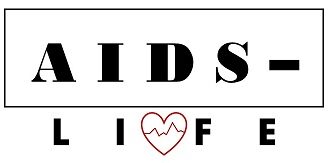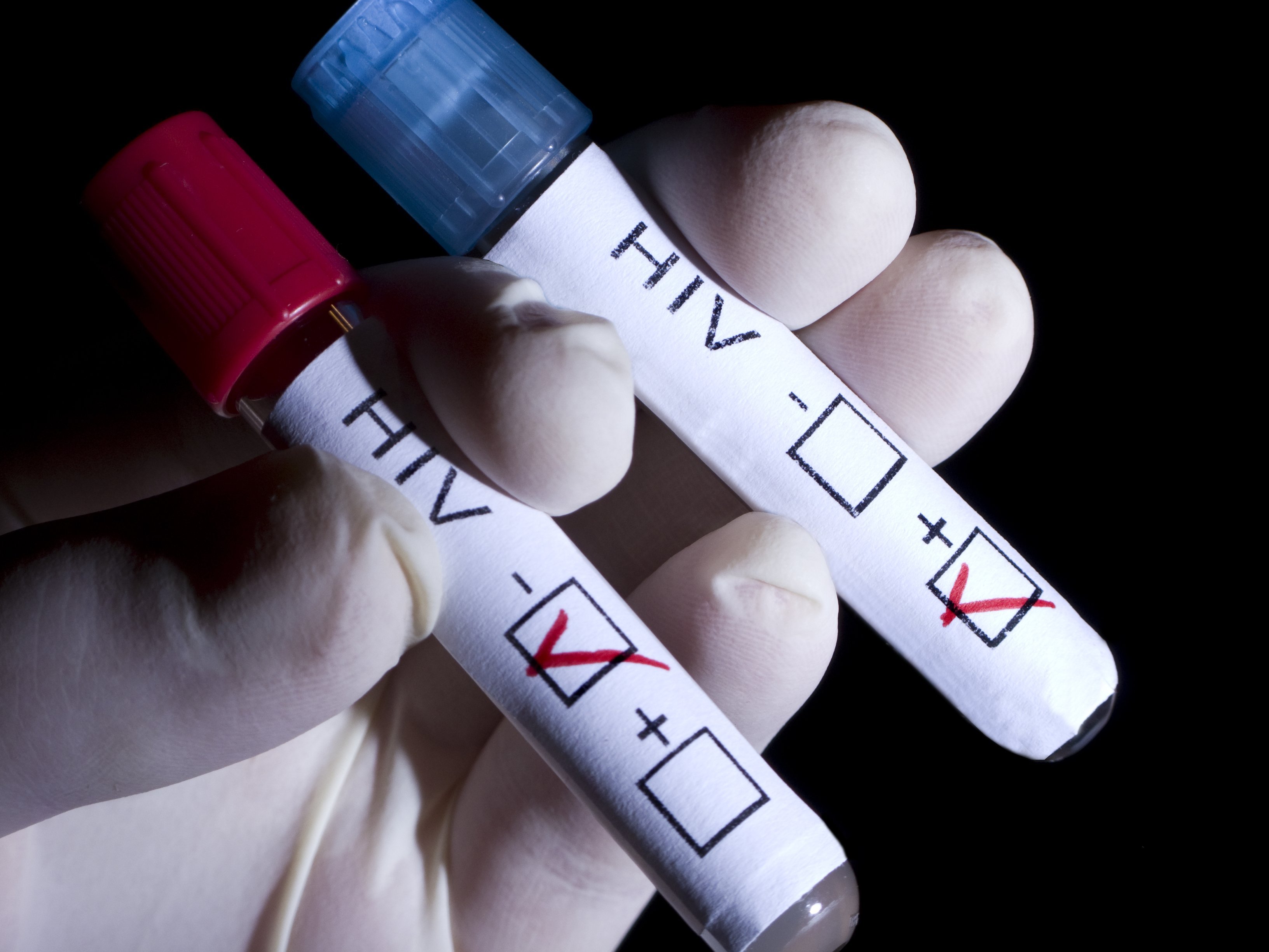What is the viral load for HIV infection? Normal indicators
What is viral load?
HIV viral load is the amount of human immunodeficiency virus contained in the blood. The goal of HIV treatment is to reduce the viral load so that it becomes undetectable. Thus, the goal of retroviral therapy is to reduce the amount of HIV in the blood so that it cannot be detected in the laboratory.
It is useful for people living with the disease to know their own HIV viral load, as it indicates how well antiretroviral therapy is working.
Normal viral load for HIV infection
HIV attacks CD4 cells (T cells). These are white blood cells that are part of the immune system. The CD4 count provides a rough estimate of how healthy a person's immune system is. The CD4 cell count in healthy people is usually between 500 and 1500.
A high viral load can lead to a low CD4 cell count. When the CD4 count is below 200, the risk of developing opportunistic diseases , infections, or AIDS is higher. This is because low CD4 cell counts make it more difficult to fight infection, increasing the risk of developing diseases such as severe infections and some types of cancer.
Without treatment, HIV can cause other long-term complications and may develop into AIDS. However, when HIV medications are taken daily as prescribed, the CD4 cell count tends to increase over time. The immune system becomes stronger and more able to fight infections.
Measuring the viral load and CD4 cell count shows how well the treatment is working to kill HIV in the blood and allow the immune system to recover. The ideal outcome for HIV is to have an undetectable viral load and a high CD4 count.
How to determine viral load?
Viral load testing shows how much HIV is contained in 1 milliliter of blood. A viral load test is performed when a person is diagnosed with HIV before starting treatment, and then during treatment to check whether the prescribed treatment is producing positive results.
Increasing your CD4 cell count and decreasing your viral load requires taking your medications regularly as directed. But even if a person takes his medications as prescribed, other prescription and over-the-counter drugs, recreational drugs, and herbal supplements the person takes can sometimes reduce the effectiveness of the primary treatment. Therefore, it is recommended that you consult your doctor before starting any new medications, including over-the-counter drugs and supplements.
If testing shows that a person's viral load has not become undetectable or that it has gone from undetectable to detectable, the doctor may adjust the antiretroviral therapy regimen to make it more effective.
At what viral load is HIV not transmitted?
The higher your viral load, the more likely you are to pass HIV on to someone else. This may mean transmitting the virus to a partner through unprotected sex or to a child during pregnancy , childbirth, or breastfeeding.
When taken regularly and correctly, antiretroviral drugs reduce the viral load, which leads to minimizing the risk of infecting other people with HIV. On the contrary, not taking these medications significantly increases the risk of transmitting HIV to someone else.
Having an undetectable viral load does not mean a person is cured because HIV may still be hiding in other parts of the immune system. Rather, it means that the medications he is taking are effective in inhibiting the growth of the virus. Permanent suppression can only be achieved by continuing to take this medication.
Viral load tracking
For people with a disease such as HIV, it is important to systematically monitor their viral load. Every time the viral load increases, we need to find out why this happened.
An increase in viral load can occur for many reasons, such as:
- refusal to regularly take antiretroviral drugs;
- mutation (genetic changes) of HIV;
- antiretroviral drugs are taken in incorrect doses;
- development of concomitant illness.
If the viral load increases after it was undetectable during treatment with antiretroviral therapy, or it does not become undetectable despite treatment, further testing will be ordered by your doctor to determine the cause.
How often should you test your viral load?
The frequency of viral load testing varies. Typically, viral load testing is done at the time of HIV diagnosis and then periodically to confirm the effectiveness of antiretroviral therapy.
The viral load usually becomes undetectable within 3 months after starting treatment, but it often happens faster. Typically, the viral load is checked every 3-6 months, but this may be done more frequently if there is concern that the viral load may be detectable.
How to protect your sexual partner?
Regardless of viral load, people living with HIV can benefit from taking steps to protect themselves and their sexual partners. These steps include:
- Take antiretroviral drugs regularly and as prescribed. When used correctly, antiretroviral therapy drugs reduce the viral load, thereby minimizing the risk of transmitting HIV to others. Once the viral load becomes undetectable, the risk of sexual transmission is virtually zero;
- Testing for sexually transmitted infections. Given the potential impact of STIs on the risk of HIV transmission in people receiving treatment, people with HIV and their partners should receive testing and treatment for STIs;
- Using condoms during sex. Protected sexual contact and participation in sexual activities that do not involve the exchange of biological fluids reduce the risk of transmission of infection;
- Using PrEP. Partners should talk to their doctor about prevention before possible exposure to someone with HIV. PrEP is a medicine designed to prevent HIV infection. When taken as prescribed, it reduces the risk of contracting HIV through sexual contact by more than 90 percent;
- Using PEP. Partners who suspect they are already infected with HIV should talk to their doctor about post-exposure prophylaxis (PEP). This medicine reduces the risk of infection when taken within 3 days of possible exposure to someone with HIV and continued for 4 weeks;
- Regular testing for HIV status. Sexual partners infected with HIV should be tested for the virus at least once a year.




